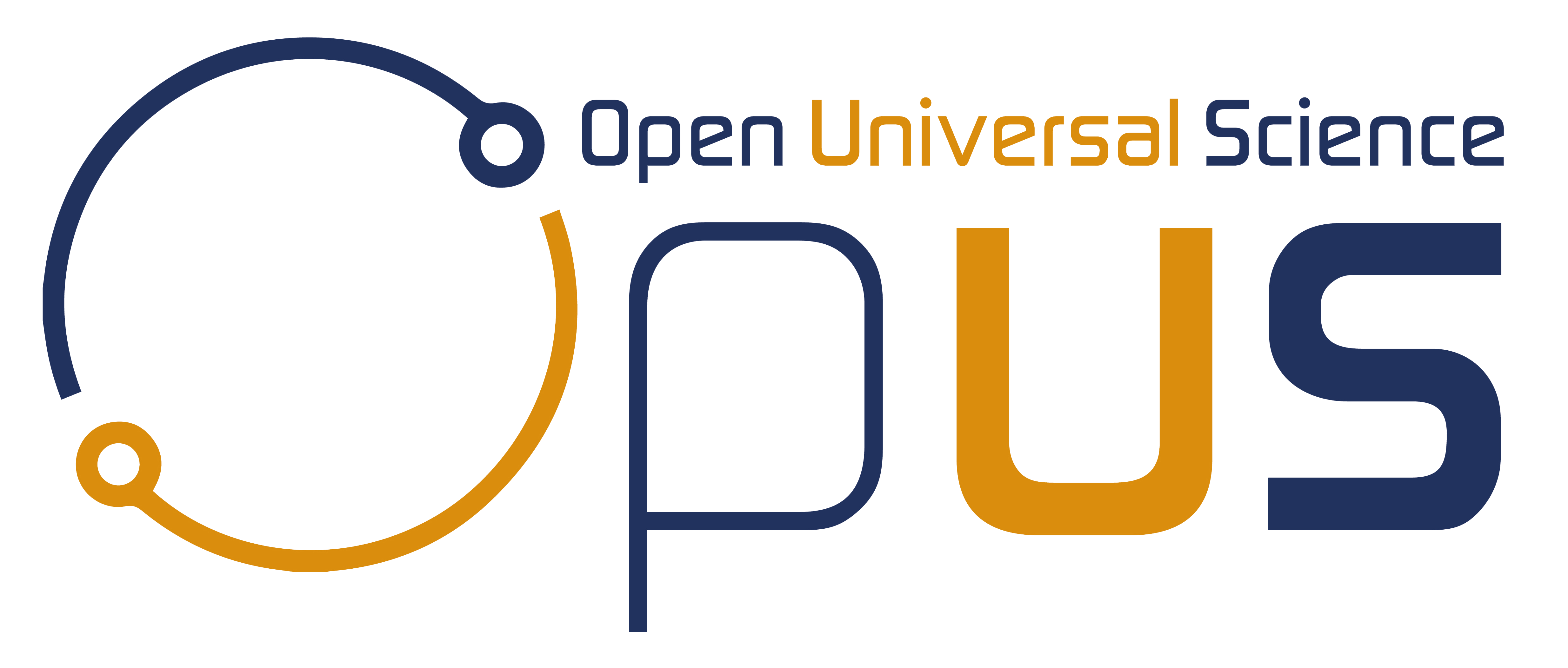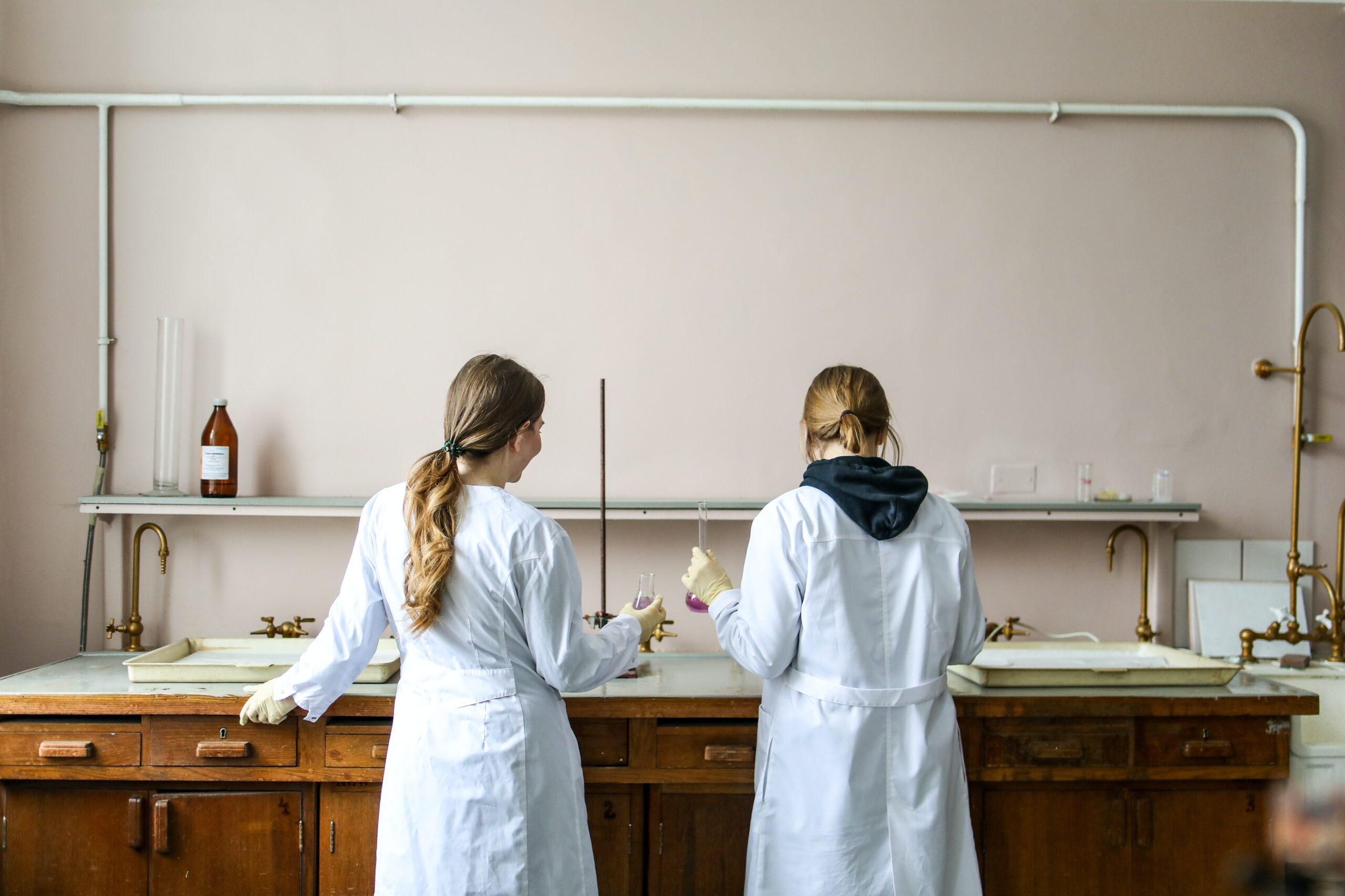Young Talents in Scientific Community
Young Talents in Scientific Community https://opusproject.eu/wp-content/uploads/2023/03/pexels-victoria-akvarel-5560754.jpg 1 1 Open and Universal Science (OPUS) Project https://opusproject.eu/wp-content/uploads/2023/03/pexels-victoria-akvarel-5560754.jpgThe scientific community is full of talented individuals who are passionate about their work and have the potential to make significant contributions to their field. However, finding these young talents can sometimes be a challenge. In this article, we will explore some of the ways that young talents in the scientific community can be discovered and nurtured.
Firstly, it is important to encourage young people to pursue their interests in science from a young age. This can be done by providing opportunities for them to explore different areas of science and technology, such as through science camps or after-school programs. By providing a supportive environment and access to resources, young people can begin to develop their interests and talents in science.
Another way to discover young talents in the scientific community is to support and mentor undergraduate and graduate students. These students are often working on cutting-edge research projects and may have unique insights or innovative ideas that can contribute to the field. By providing mentorship and support, researchers can help to develop these students’ skills and encourage them to continue their work in the future.
In addition, scientific conferences and competitions can provide a platform for young talents to showcase their work and gain recognition in their field. These events bring together researchers from around the world and provide opportunities for networking and collaboration. By participating in these events, young talents can gain valuable experience and exposure to the latest research in their field.
Another important factor in discovering young talents in the scientific community is diversity and inclusion. By promoting diversity in the scientific community, researchers can ensure that they are not overlooking talented individuals from underrepresented groups. This can be done by providing mentorship and support to students from diverse backgrounds, as well as by creating an inclusive and welcoming environment for all scientists.
Finally, funding agencies and research institutions can play a critical role in discovering and nurturing young talents in the scientific community. By providing funding and resources for innovative research projects, these organizations can help to support the next generation of scientists and encourage them to pursue their passions in science.
To sum up, discovering young talents in the scientific community is crucial for advancing scientific research and innovation. By providing opportunities for exploration and development, supporting undergraduate and graduate students, promoting diversity and inclusion, and providing funding and resources for research, we can help to ensure that the next generation of scientists is equipped to make significant contributions to their fields.




